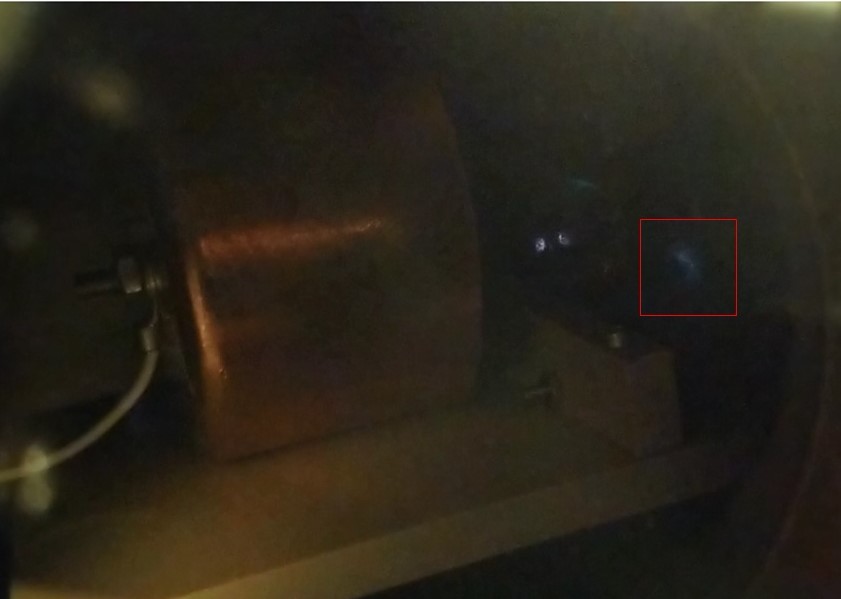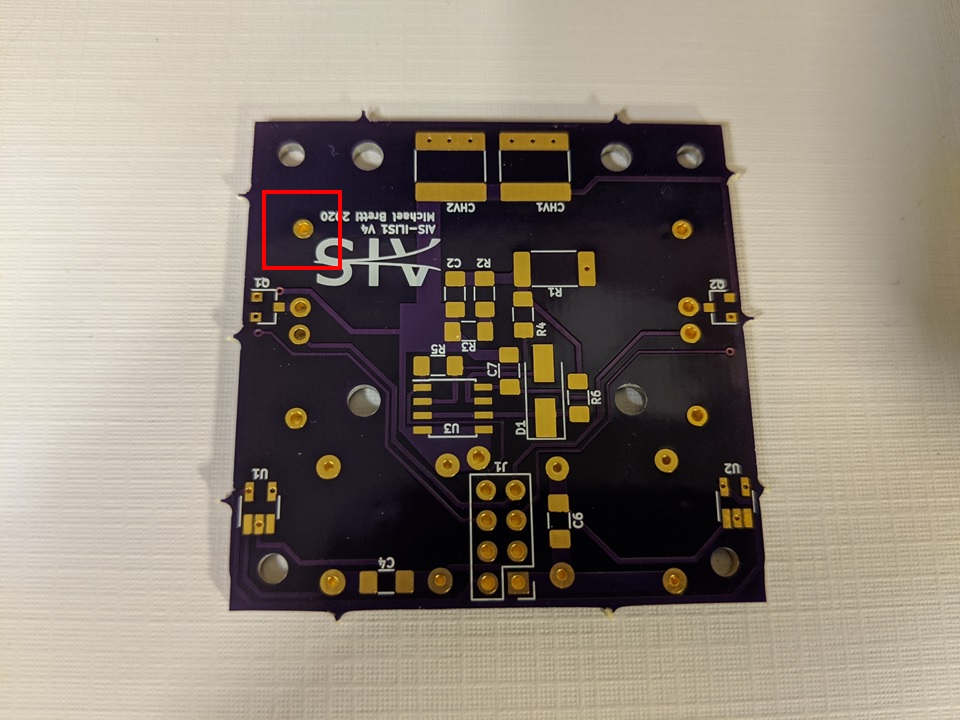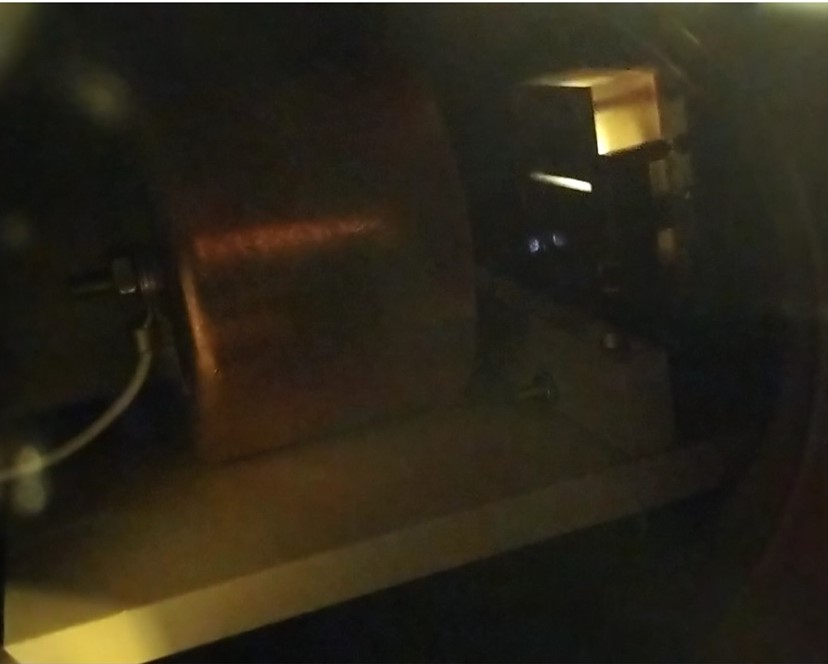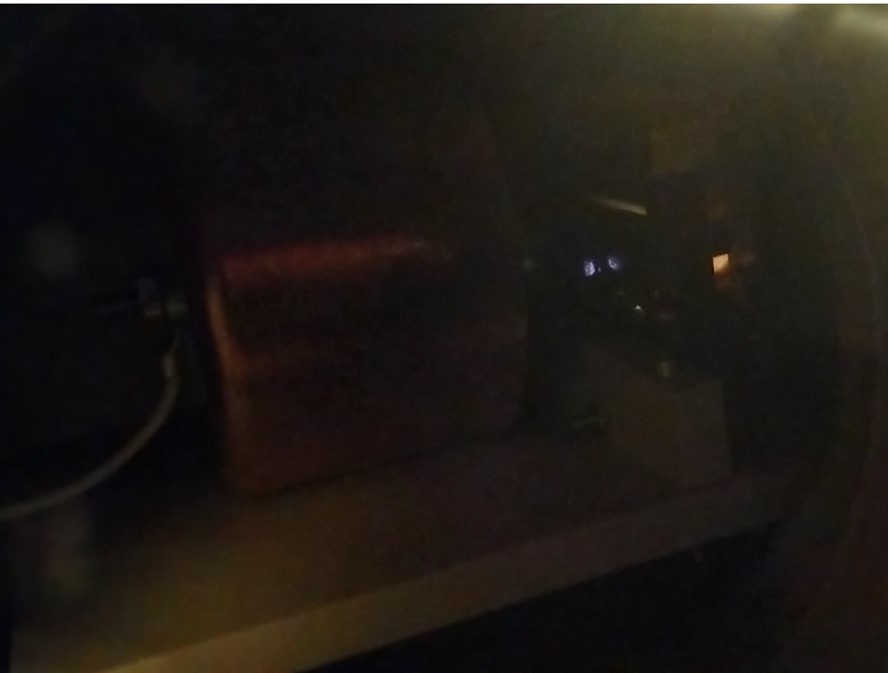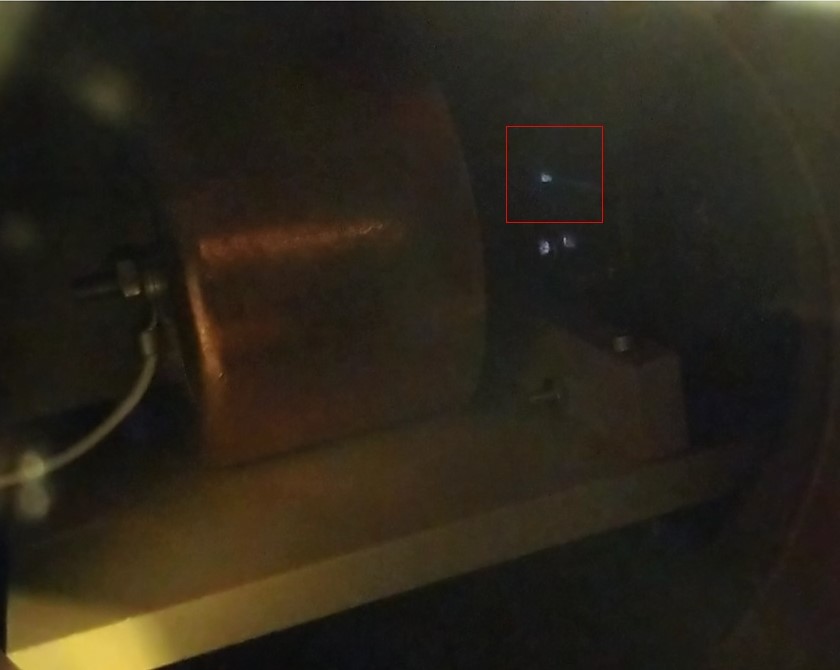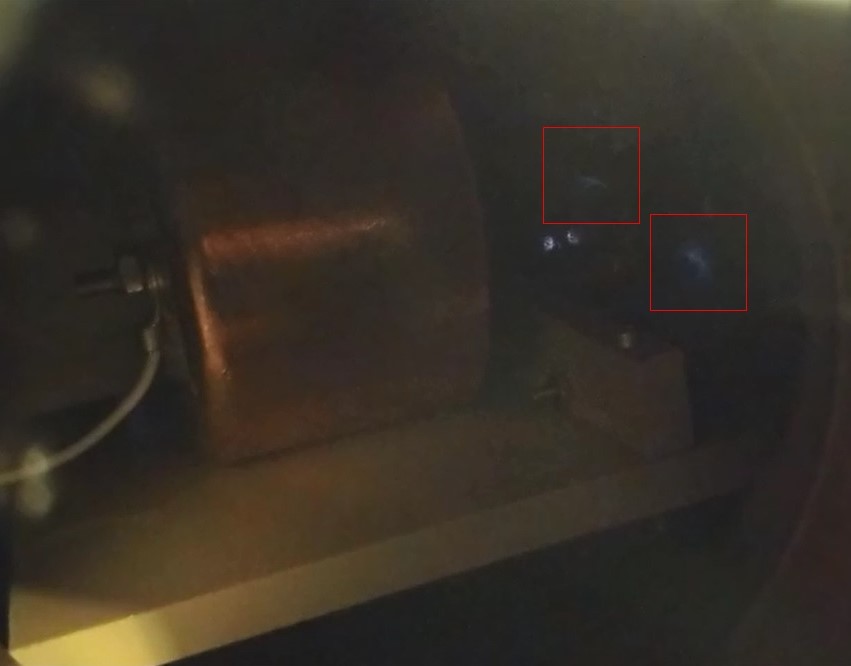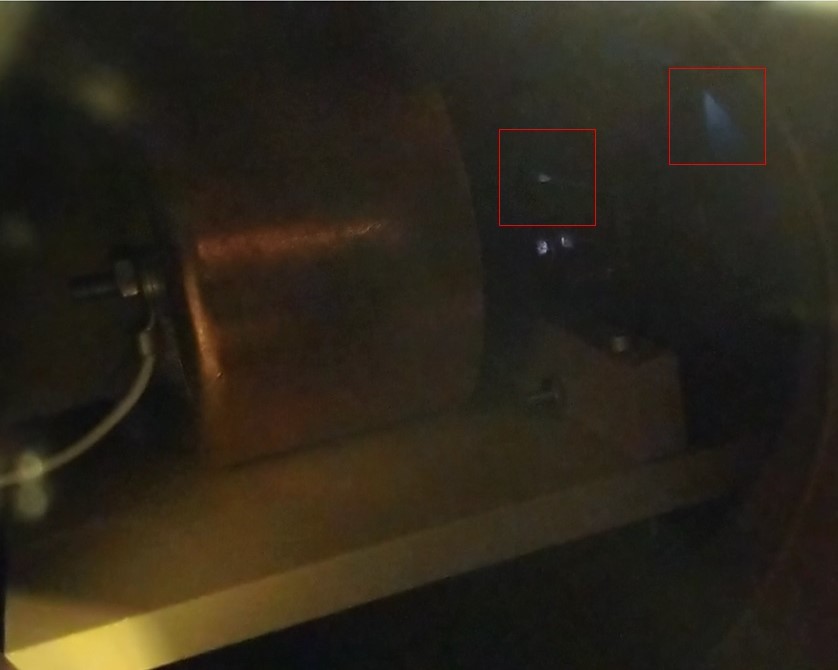In my previous few posts, I have reviewed the first ever ignition test of the AIS-ILIS1 ionic liquid ion source electrospray thruster for nanosatellites. In PART 1 I reviewed the fueling of the thruster, and in PART 2 I reviewed the setup and test overview. PART 3 covered a more in-depth analysis of the thruster test, as well as recommendations on moving forward. In this post, I look at the most exciting data from the test – actual video footage! While the captured video is not great quality, it has provided critical information on troubleshooting what went wrong, and what could be improved for the next tests.
In this first video, I actually managed to capture an incredible sequence of events – numerous board faults, thruster faults, as well as a some small, spurious ion emissions from the thruster. The video is slowed down to 1/8x speed, and shows some interesting phenomenon occurring over several cycles of operation.
First let’s look at the board faults. There are two key areas identified on the board, around the +HV relay. The first of these occurs on the front of the board at the +HV relay input. The diffuse glow shows that this is not an arc, but ionization of some outgassing product.
The second noticeable board fault occurs on the back near the +HV relay output. Here you can see a much larger diffuse emission. Both of these board faults were seen numerous times. Interestingly, in both cases, there is a noticeable amount of silkscreen near these HV points. Since there was no arcing damage on the board, it is clear that no tracking faults occurred. However, based on the diffuse nature of the fault, it appears more like ionization of gas, which is most likely outgassing products from the silkscreen being ionized by sharp HV points on the board near the switching inputs and outputs of the HV relays.
A third and unusual fault was noticed inside of the thruster casing itself. This is characterized by an orange glow within the casing, but no observable emission. This was seen numerous times near the emitter at the top, but also near the contact at the rear of the case. I strongly suspect that outgassing from the 3D resin printed casing is playing a role in this spurious internal ionization.
Finally, we get to some good news, and the most exciting part – actual ion beam emission! Over the course of the video, several instances of spurious emission can be observed, though current was too low to read. This is characterized by a diffuse blue glow from the emitter slit.
In several instances, we also see a transition from emission to board fault, where emission first starts, but later dies out due to the board fault occurring. We can see this happening on both the front and back board faults identified earlier.
Here is a second video from the ILIS1 electrospray thruster test, and is the best and clearest one by far, at x1/8 speed, and occurs without board faults. This is actual ILIS ion beam emission!
Here is a captured shot of the ion thruster emission. While it is only a brief blip, it is the start! My first thruster that ever fired, the gPPT1, only fired once, but that was enough to start the journey with the gPPT series thrusters. Now, the journey with the ILIS1 begins!

I still have a long way to go, but I am finally moving forward. ILIS is among the most cutting edge micro-ion thruster tech in development, and a tiny blip of emission was actually achieved on a fully homebuilt, open-source, crowdfunded thruster!
To all the big labs and companies out there working on ILIS with millions of dollars – I am now entering your territory, with nothing but pocket change and determination. Ultra-low cost electrospray ion thrusters for nanosats is coming. The AIS-ILIS thruster is progressing!

